Moira played its part in both World Wars. The War Memorial lists 9 residents of Moira Parish who fell in the service of King and Country in1914-18 and 5 who died in the 1939-45 conflict.
During the last War, troops were billeted in Moira and in Waringfield. In June 1942, the Americans opened a 900-bed convalescent hospital at Waringfield.
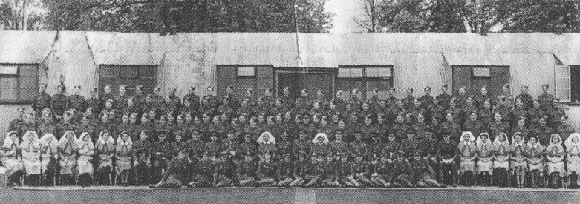
Waringfield military hospital
The buildings were nissen huts in the grounds of the large Waringfield mansion. The next year it grew to 1000 beds. Many wounded soldiers from all parts of the world were treated at this hospital. Ambulances brought wounded soldiers from the nearby Maghaberry airfield.
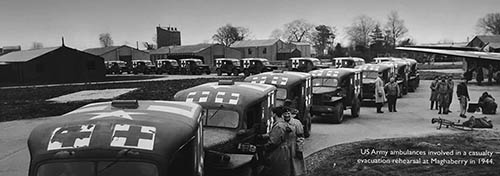
Ambulances live up at Maghaberry airfield
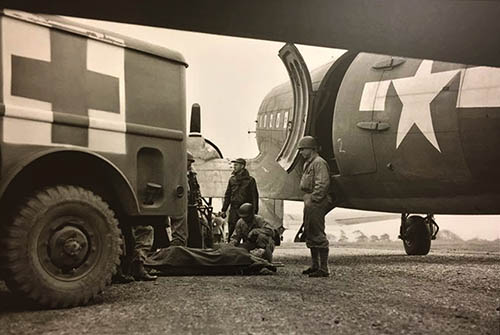
Maghaberry airfield casualty evacuation rehearsal
Two ambulance photographs above © Ulster Aviation Society
When the Ulster Military Hospital was transferred to Musgrave Park Hospital, the Royal Army Medical Corps presented their flag to Moira Parish church.
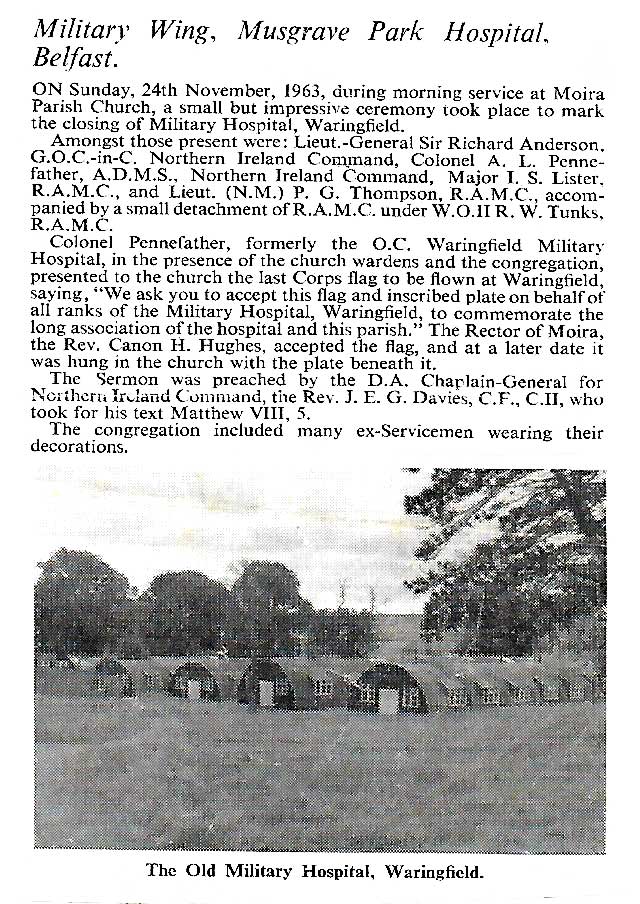
Closure of Waringfield Military Hospital, Moira
Waringfield was also the `home’ of a company of French soldiers for a time. (Like An Evening Gone. by Mrs Eileen Cousins, B.A.) A great many soldiers also camped in the Demesne. In fact some of the old trees in the demesne were removed by the military.
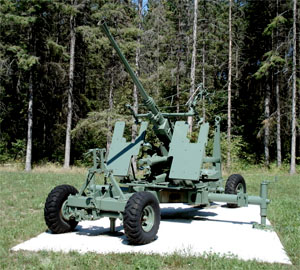
Bofors guns were manufactured in Moira
Also during the second World War, Harry Ferguson operated two small production units in the village manufacturing parts for his world famous tractor and for Bofors guns.
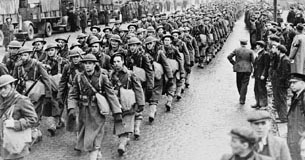
US Army arrive in Northern Ireland
The headquarters of 8th USAAF Composite Command was just outside Moira at Kircassock House. A number of prominent visitors stayed at Kircassock. Winston Churchill and Eisenhower are both thought to have stayed a night at Kircassock, when they visited troops in the Province. Other visitors included Bob Hope and Dorothy Lamour.
Soon after their military training and preparation in the area, thousands of young men left the peace of the area to fight at the D-Day landings. Sadly many did not survive.
see a BBC news report on the disposal of the Hospital from 1960 http://www.bbc.co.uk/archive/ni1960s/11711.shtml
James Boyce reports from the ruins of this former military hospital in the grounds of Waringfield House, near Moira. The facility is about to be broken up and auctioned off and an astonishing array of damaged machinery and disused implements is shown lying around the buildings as Boyce itemises some of the lots and reflects on the ‘crumbling hand of time’.
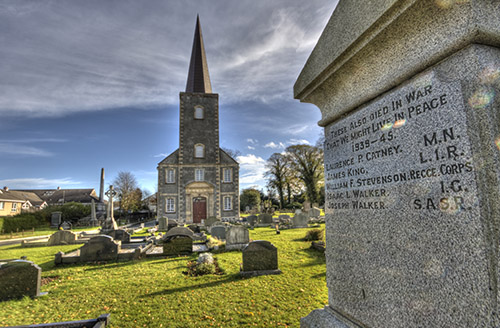
Moira War Memorial
The War Memorial in the grounds of the parish church lists nine residents of Moira Parish who fell in the service of King and country in 1914-18 and five who died in the 1939-45 conflict.
Two brothers are listed; Isaac and Joseph Walker. Isaac was in the Irish Guards and was killed in action in Tunisia, North Africa on 28thApril 1943. He was aged just twenty-one. His younger brother Joe joined the Special Air Service (SAS). He was one of a group who parachuted into France on a special mission but somehow the Germans were aware of their landing site and the men were attacked and Joe was among those taken captive. However they were not treated as prisoners of war should be but were murdered soon after in cold blood by the Gestapo on 9thAugust 1944 at Beauvais, France. Joe was also just twenty-one years old.
As the inscription on the war memorial says, “These also died in war that we might live in peace.” A third brother served in the forces with the Royal Marines and was discharged with honour on 30thNovember 1944 after seven and a half years of service. We owe so much today to individuals and families like the Walkers.

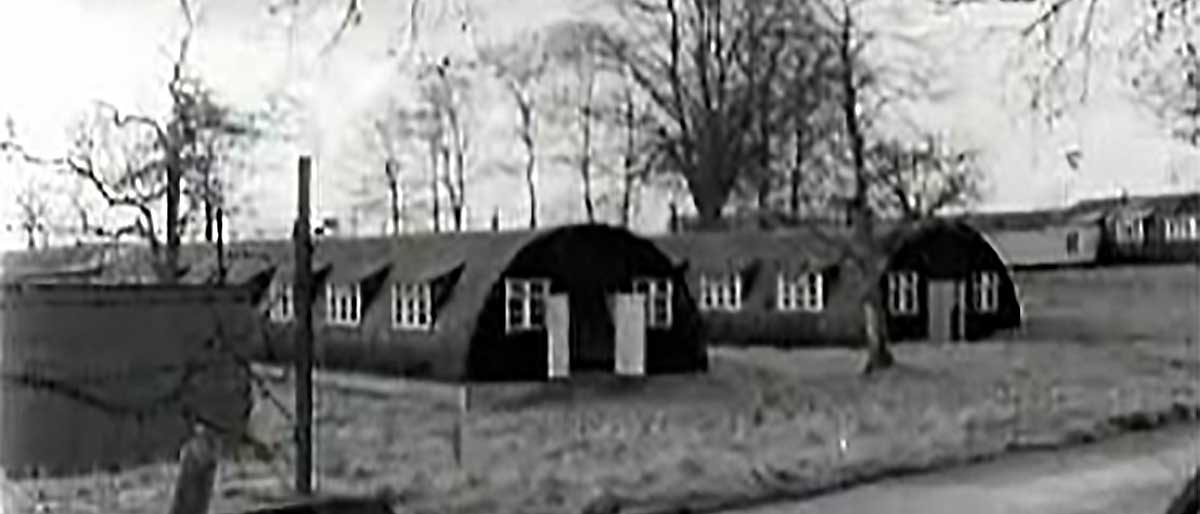
 Mr Mac says, “Always be thankful for those who gave so much so that we can be free.”
Mr Mac says, “Always be thankful for those who gave so much so that we can be free.”